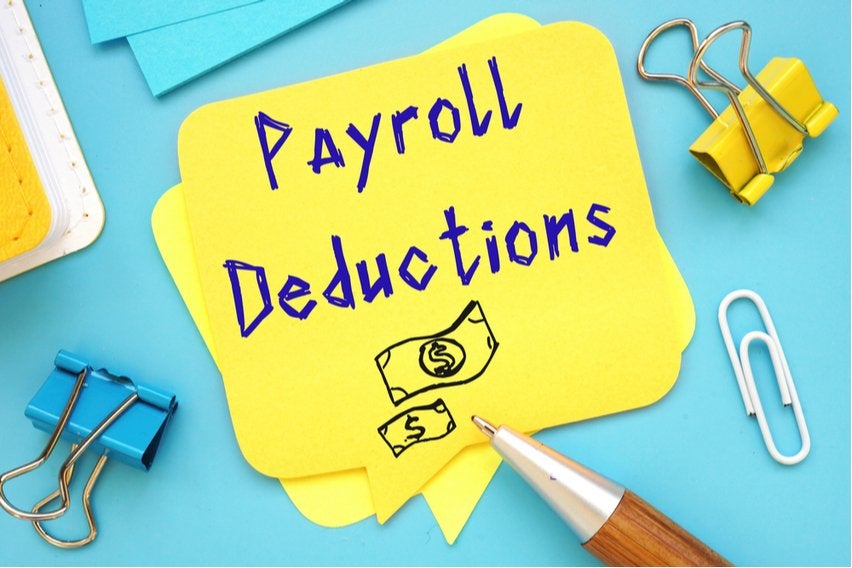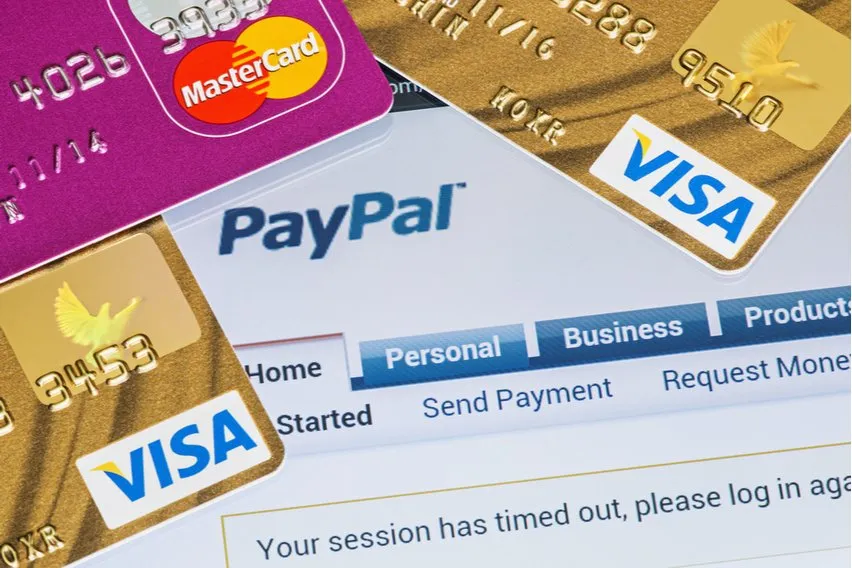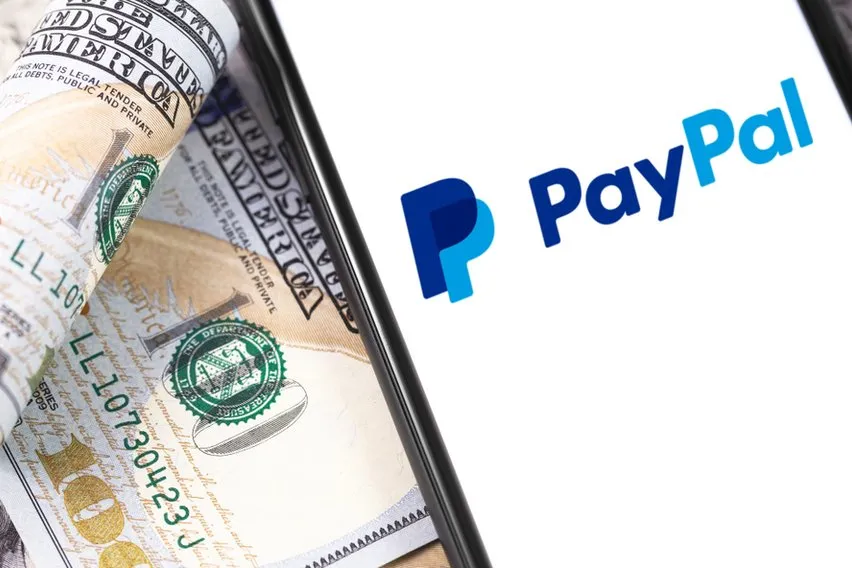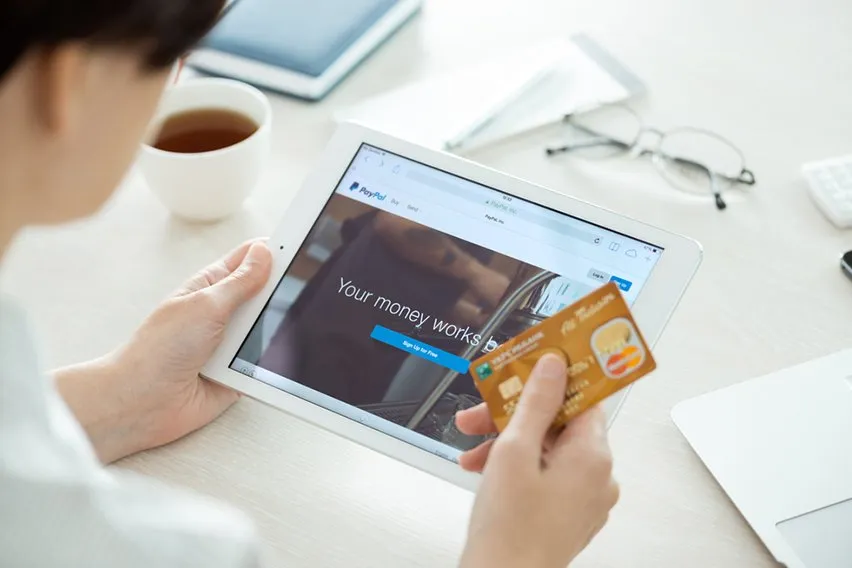How to Set Up a PayPal Merchant Account in 10 Simple Steps

PayPal is a powerful payment processor that makes accepting payments simple. Here is how to set up your business account to start making money!
PayPal is one of our favorite payment processors. We have even integrated it into the FreshBooks accounting app so you can accept payments easily. Before you get started with receiving money through PayPal, you have to have a business account.
A merchant account is simply the business version of PayPal. Personal accounts are used for shopping online and receiving money from family and friends. Merchant accounts have more advanced features and different fee structures for business owners.
To receive money from clients, you need to create a merchant account. Here’s how to do it step-by-step.
Here’s What We’ll Cover:
Note: PayPal Vs. A Traditional Merchant Account
How to Sign Up for PayPal Business Account
Quick Guide to PayPal Business Accounts
Note: PayPal Vs. A Traditional Merchant Account
The term “merchant account” is somewhat confusing. The traditional meaning of the term is quite different from how PayPal works.
The typical merchant account is typically linked directly to your bank account. Your customer does an online transaction to your merchant account using credit cards or debit cards. The money is transferred directly to your bank account. Merchant account providers include payment gateway systems like Square, Merchant One and PaySafe.
A traditional merchant for payment processing operates with online sales as a credit card processor.

PayPal is slightly different. They are the host of your account as a payment platform. Your customer pays into PayPal’s merchant account using the payment method of their choice. This payment appears as a balance in your portal. You can then withdraw this balance into your eligible linked bank account.
It’s a question of semantics. Technically the PayPal business account is not your own merchant account. You are using PayPal’s merchant account to process your payment.
How to Sign Up for PayPal Business Account
Step 1: Go to PayPal.com and click “sign up”
Step 2: Select “Business account” and click next
Step 3: Enter your email address
Step 4: Enter a password
Step 5: PayPal will encourage you to read their terms of service – user agreement, privacy policy and contact policy. Read these carefully before you move onto the next step, they’re important! Once you have read through them, click “agree and continue”.
Step 6: Enter your business details. PayPal will ask for your employee status, e.g. sole trader, employee etc. If you are an employee, you can enter your employee ID. You’ll also be asked for your social security number.
Step 7: The next screen will prompt you to enter a website URL for your business. Enter it if you have one and click next.
Step 8: Enter your details. Your name, date of birth etc.
Step 9: PayPal will then send you an email verification request to your inbox. It is quite a straightforward process to verify your email. The email from PayPal will have a direct link to verify your email with just one click. The link will open a new tab and tell you that your email address has been confirmed successfully.
Step 10: Start making money!
Quick Guide to PayPal Business Accounts
Is There a Monthly Fee for a PayPal Business Account?
There is no monthly fee for a PayPal business account but there are fees associated with your account. You pay fees to send and receive money. To summarize:
PayPal Fees to Receive Money
- Domestic online transaction – 2.9% + fixed fee of 0.30 USD
- International online transaction – extra 1.5% fee
PayPal Fees to Withdraw Money
- Local linked bank account – no fee (if there is no currency conversion)
- Instant withdrawal to bank account – 1% fee on the total amount
- Withdrawal to a linked debit card – 1% fee on the total amount

What Are the Advantages of Using PayPal?
- Many people who hire online vendors or shop online are familiar with PayPal.
- PayPal integrations with websites and accounting software are widespread. It is very easy to set up. So it works well for every business size. An ecommerce business and freelancers alike can use PayPal.
- Payouts can be faster than Stripe and other online payment processors. Fee-free transfers take 1-3 business days. Instant PayaPal payments are also possible.
What Are the Disadvantages of Using PayPal?
- The fee structure can be complicated. Digital wallets like Venmo can be cheaper.
- Exchange rates can be particularly high. So PayPal can be more expensive for international transactions.
- Their terms of service change often.
Key Takeaways
Setting up a PayPal merchant account is quite simple if you follow our ten steps. You can get your business account up and running within minutes!
Need more articles to help you run your business? Check out our resource hub.
RELATED ARTICLES


 What Is Mobile Payment? Definition, Types & 3 Best Apps
What Is Mobile Payment? Definition, Types & 3 Best Apps What Is Payroll Deduction?
What Is Payroll Deduction? What Is Payroll Processing? How to Process Payroll (Guide)
What Is Payroll Processing? How to Process Payroll (Guide) 5 Best Online Credit Card Processing Companies
5 Best Online Credit Card Processing Companies How to Withdraw Money From PayPal Account: Tips & Tricks
How to Withdraw Money From PayPal Account: Tips & Tricks Steps on How to Transfer Money From Bank to PayPal Account
Steps on How to Transfer Money From Bank to PayPal Account